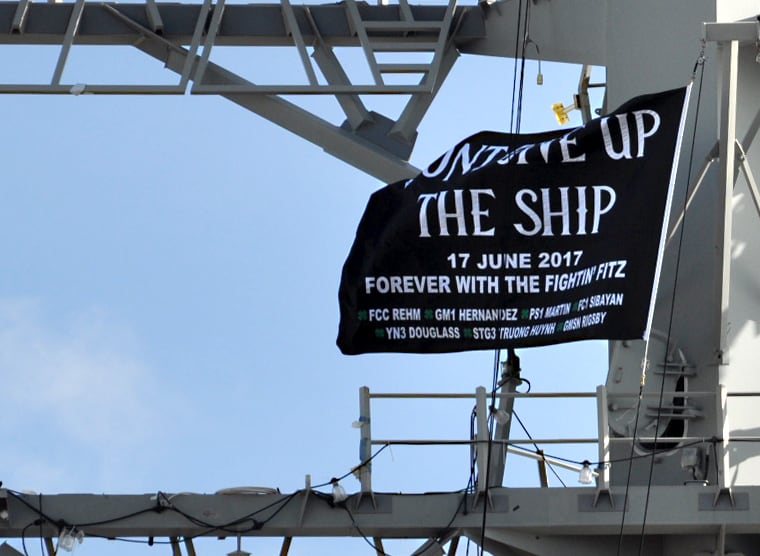When the warship Fitzgerald collided with the hulking AXC Crystal container ship off Japan on June 17, 2017, one midgrade surface warfare officer recalled being horrified — but not exactly surprised.
He had commissioned into the surface fleet in the 2000s, a decade when the “struggle bus to competence” was the name of the game, and SWOs were often thrown into life-or-death ship-driving realities with little to no hands-on training, a shortfall on the fundamentals that was grimly acknowledged by Big Navy brass in the wake of the disaster.
“Looking back a decade or more to the state of surface warfare training, it was an abysmal nightmare,” said the SWO, who, like other surface warfare officers interviewed for this report, requested anonymity because he was not authorized to speak publicly.
The Fitz disaster that killed seven sailors in their berthing was followed roughly two months later with the warship John S. McCain’s collision with an oil tanker, which killed 10 shipmates.
“Our chickens came home to roost, and it was bad,” he said. “People died.”
RELATED
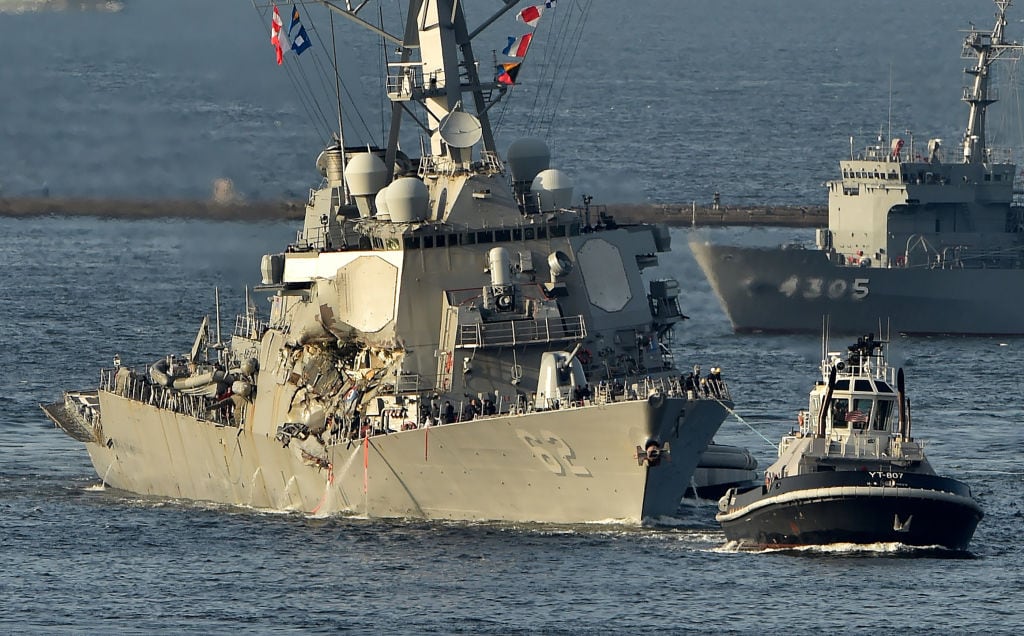
Five years later, the Navy’s surface fleet still has work to do. Fleet members, leadership and watchdog groups cite stubborn problems with operations tempo, SWO retention and manning, among other issues.
But while no Navy community is a monolith, multiple SWOs who spoke with Navy Times say they and many of their peers are feeling cautiously optimistic about the progress the fleet has made since 2017 — not only in training prospective SWOs, but in making sure those further along in their careers stay sharp. Adequate sleep and a sometimes crushing workload, even in homeport, remain concerns.
“Acknowledging a positive trend requires you to acknowledge you’re coming from somewhere negative,” the midgrade SWO said.
He shares this progress perspective with the younger versions of himself just stepping onto a ship.
While they remain skeptical on some matters, the SWO said he’s able to “give them perspective on how good things have gotten.”
“I’m in a place to realize, hey, this is super good,” he said, “because this could be so bad.”
Ship-driving training has “basically tripled” for SWOs during their career since 2017, according to Cary Russell, director of the Government Accountability Office’s Defense Capabilities and Management Team.
Although a 2019 GAO report found that SWO proficiency still needed work, test scores for ship-driving officers have been “trending upward” since then, according to Capt. James Harney, assistant chief of staff for training and readiness for Commander, Naval Surface Force.
“Due to a more rigorous training pipeline, we can say with confidence that our current division officers and future commanding officers are better mariners,” Harney said in an emailed statement to Navy Times.
RELATED
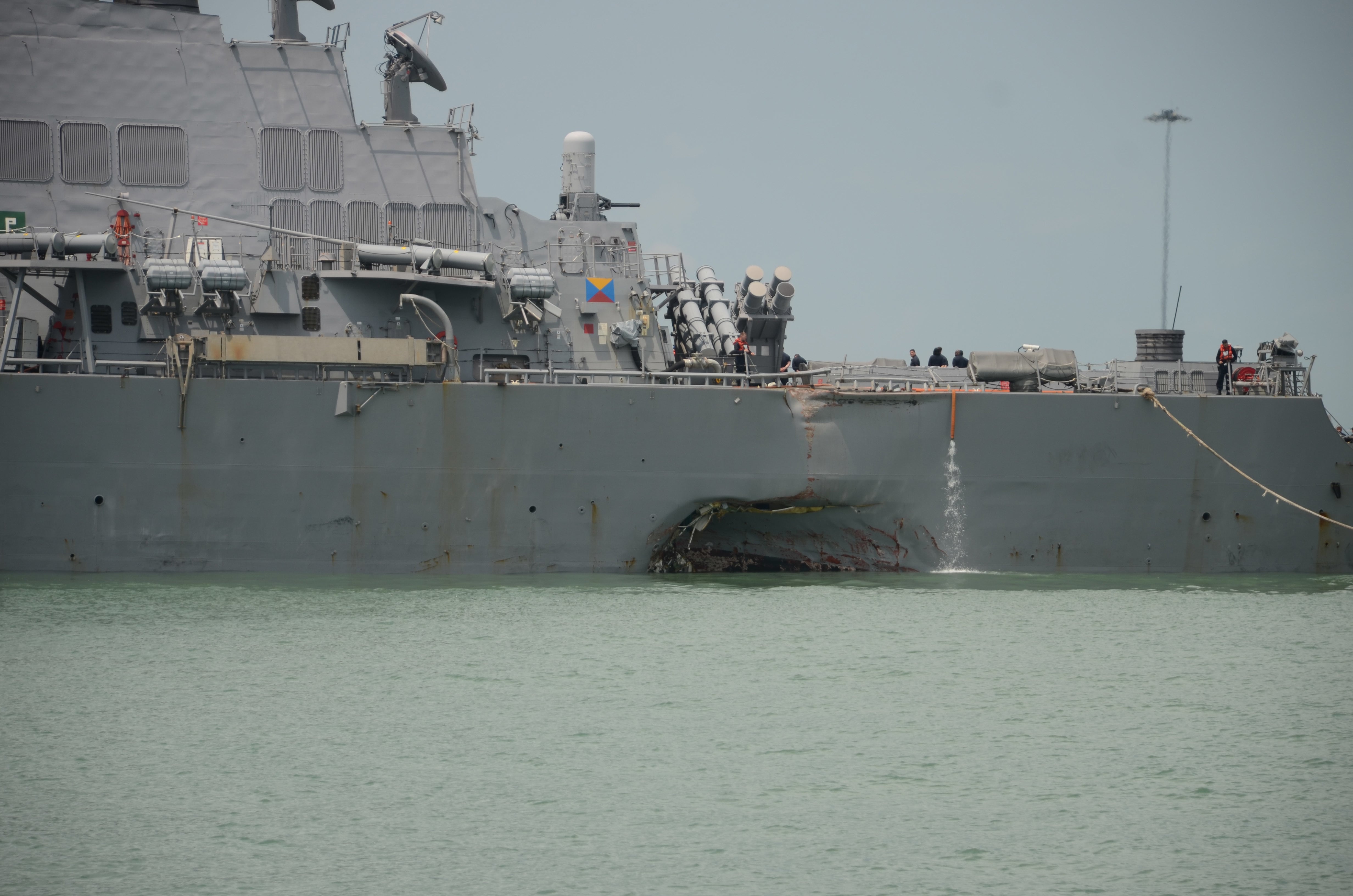
That rigor comes from deeper and better training for new and prospective SWOs, as well as continued assessments throughout a SWO’s career to ensure their skills don’t atrophy.
That training continuum includes an Advanced Division Office Course, or ADOC, and the Afloat Bridge Resource Management Workshops, which involve a post-major command mentor assessing an officer’s performance at sea.
“The overwhelming feedback we’ve received from these post-Major Command mentors is that SWOs and watch teams are going to sea with increased proficiency and stronger maritime skills,” Harney said, adding that the 140 ships that have completed the workshops have not suffered any Class A or Class B mishaps.
Today, the simulators available to SWOs and the engaged training “is night and day to what guys were doing 15 years ago,” the midgrade SWO said. “It’s a different world.”
“Guys like me, folks in my peer group, are able to give perspective on how far we’ve come,” he added. “And we’re still moving forward.”
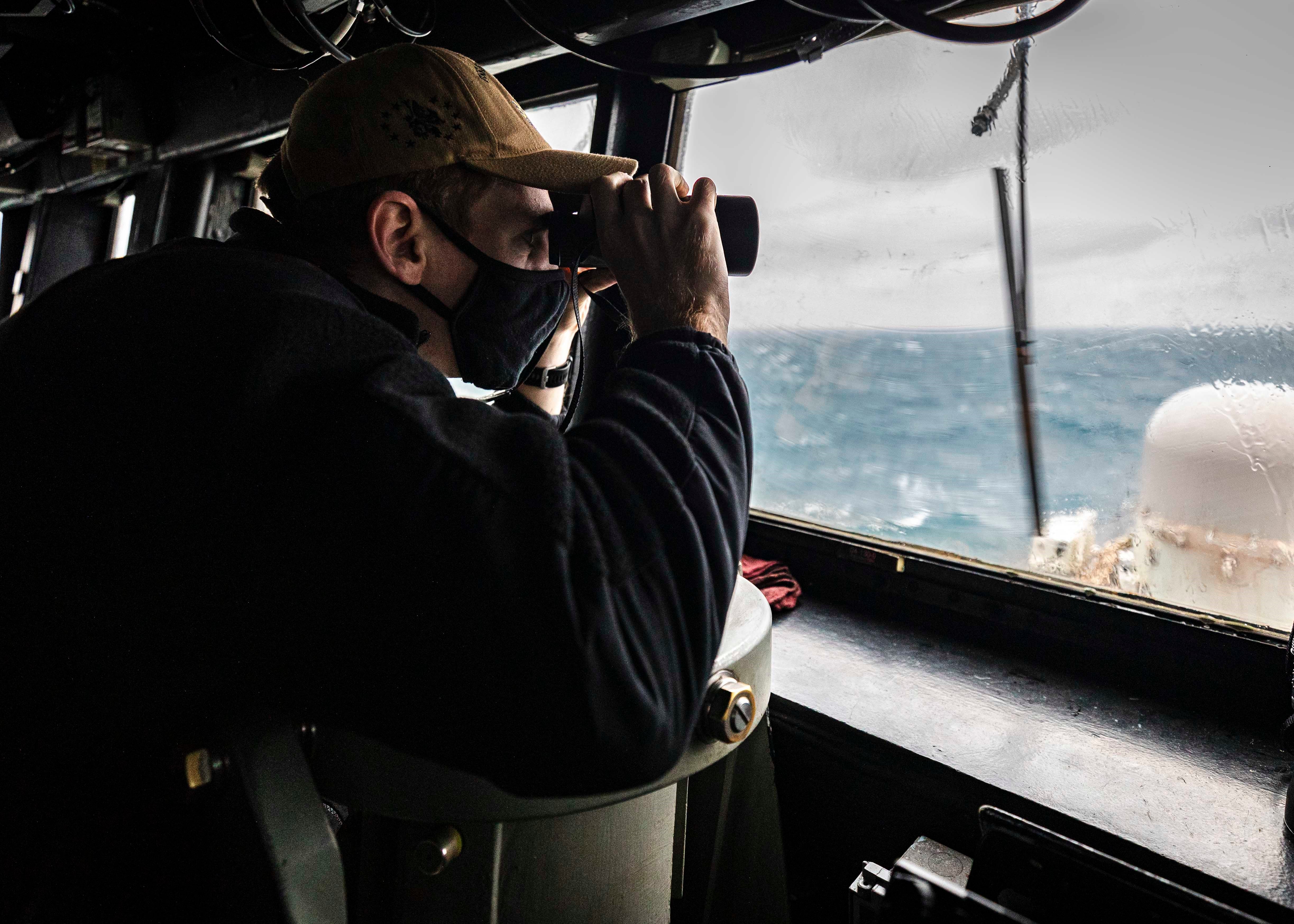
‘The right way to do things’
Culturally, the community has always known what it needs to do in order to make officers proficient in ship driving and attendant SWO skills, the midgrade officer said. Tragically, it took two disasters to kick things into action.
“We know the training needs to be intensive, and we’re rolling out on that,” he said.
Before the Fitz and McCain, he said, “there was very much — when I got in — sort of a ‘hey, everything’s on-the-job training, go figure it out.’
“Sure, that’s nice and everything when everybody’s got the time and space to really just flex and treat being a (junior officer) like an educational project, but we’ve got stuff to do and people whose lives depend on us being good watchstanders … it’s not just, go figure it out in your own time.”
Today, the surface warfare officer said, “everything that I could’ve possibly wanted as a junior officer coming into the Navy now exists.”
There’s the basic division officer course, or BDOC, he noted, which has reformed into “a serious investigation of skill sets in a way that we didn’t have coming out of ROTC.”
RELATED
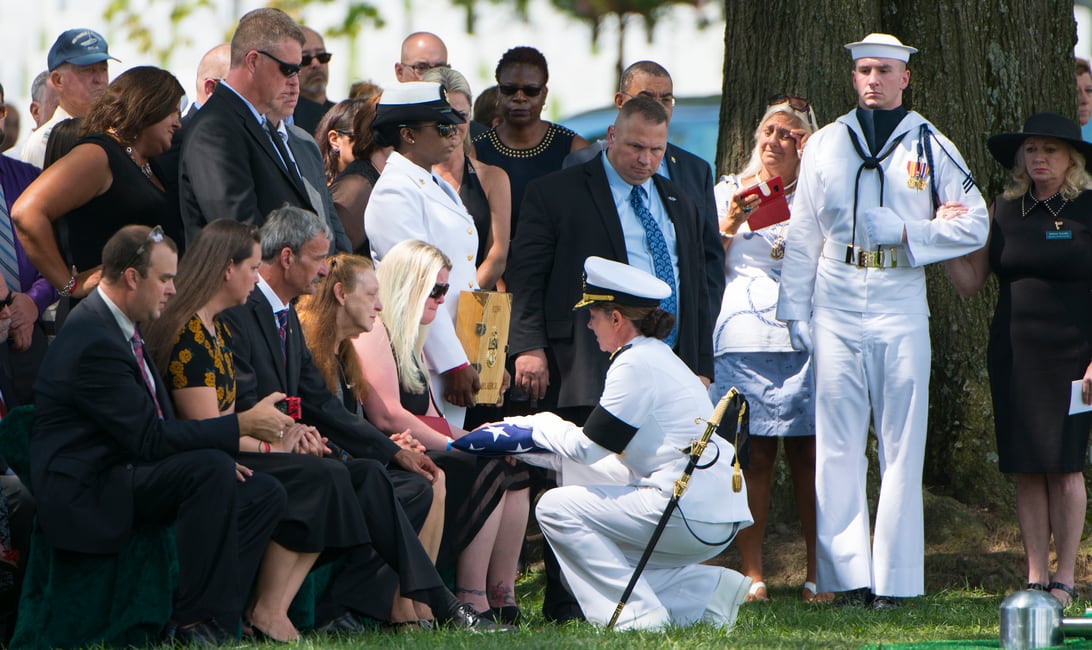
The advanced division officer course, or ADOC, is less of a rote step and more of a hard assessment before an officer becomes a department head.
Simulators and the littoral combat ship pipeline are also forging a new kind of SWO, according to the officer.
“I imagine the CRUDES guys (cruiser-destroyer units) want something closer to what the LCS guys have, and I think they’re getting there,” he said. “It’s an intimidating investment for a community that hasn’t typically done things that way, but we’re getting there.”
One junior officer arrived to the SWO world following a stint in the merchant marine world.
He recalled not being sure what to expect but has been pleasantly surprised by the rigor and thoroughness of the training he encountered both in the schoolhouse and at sea.
Even with his pre-military time afloat, the junior officer called his bridge resource management training with the Navy the best he’s ever had, and recalled seeing officers moved to other Navy communities if they couldn’t pass challenging bridge scenarios.
“I had to study quite a bit,” he recalled. “The entire pipeline is something students are taking very seriously.”
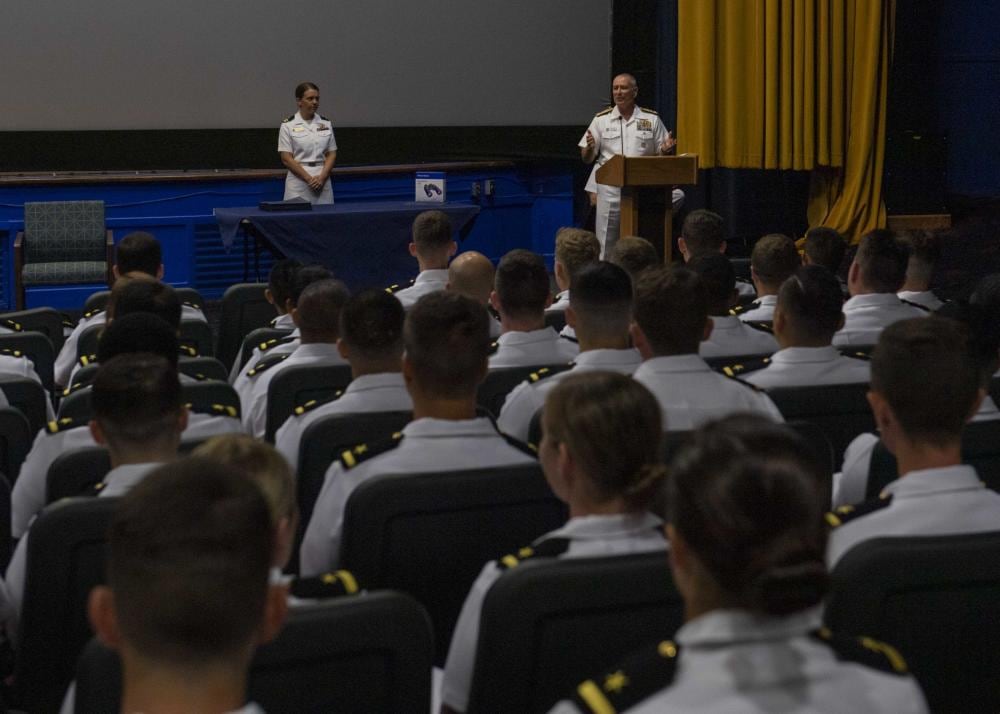
Between officer of the deck courses and BDOC, the officer said, “it almost felt like I got an abbreviated four-year maritime degree all over again.”
“From a training standpoint, I think we’re doing great,” he said.
While deployed, the officer said he saw a culture that in some respects was a U-turn away from the dysfunctional wardroom dynamics that plagued Fitz before its fatal collision.
“There was no danger, nothing crazy happened, but there was a rules-of-the-road situation that made the captain uncomfortable with the bridge team,” he recalled. “That team was pulled off the watch bill and given remedial training.”
One night, the junior officer recalled, he felt overwhelmed in the darkness.
He needed help and asked for it. And that was okay.
“I experienced one of the most challenging nights of my life up on the bridge,” he said. “I felt totally comfortable calling my captain. He came up in the middle of the night really quickly and helped us out. We weren’t judged, and there was no negative stigma.”
“We got through the scenario, the captain told us we had the watch and went back to bed.”
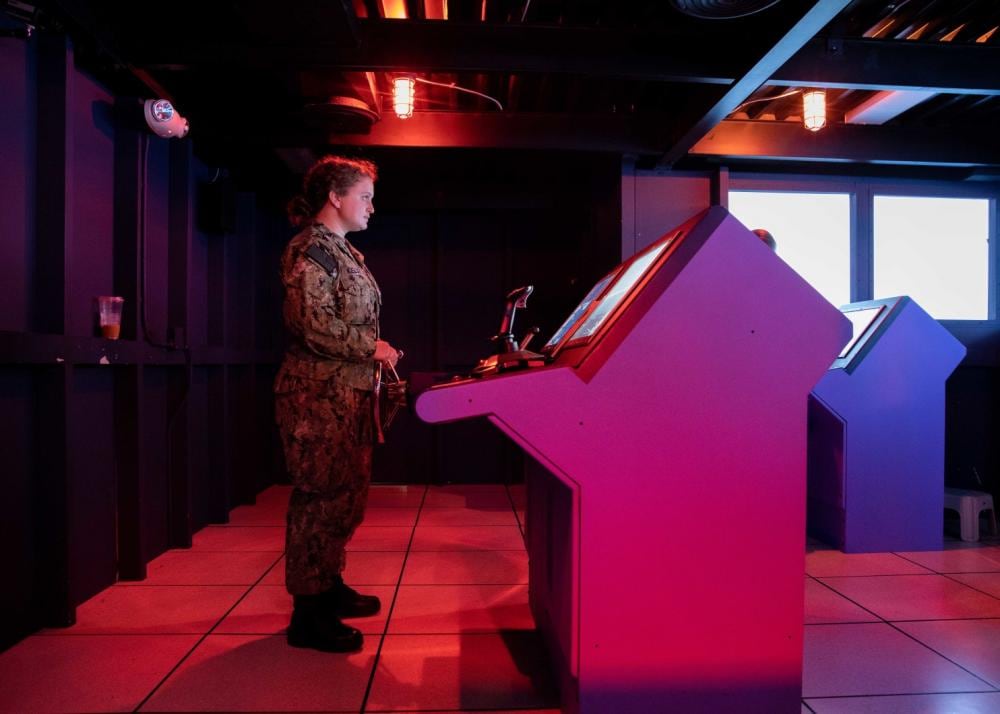
Staying sharp
A lot can happen between young surface warfare officers’ training and their eventual evolution into old salts.
Deterioration of core skills is one. And five years after the Fitz and McCain, Navy officials say more is being done to ensure that a SWO’s skills don’t atrophy.
One SWO said she is heartened to see department head officers now required to continue training and maintaining their ship handling skills.
“Before, the department heads would have ‘oversight’ or ‘coaching’ of the junior officers driving the ships, but the department heads themselves hadn’t driven any ship in four to five years, so they were rusty at best,” she said, adding that the use of SWO logs is a step toward ensuring skills stay fresh and current.
The midgrade SWO echoed that thought: “We’re tracking to make sure we’re not putting guys who haven’t touched a helm in 12 years in charge of sea and anchor details,” he said.
That new regimen involves 10 “competency checks” across an officer’s career, from ensign to major-command captain, Harney said.
Several “Go/No Go Assessments” throughout a SWO’s career ensure that those who don’t know their job will not proceed to the next career milestone.
Since 2019, according to Harney, “there have been 13 officers who, having selected for command/major command, did not pass their respective Go/No-Go assessment and therefore did not continue to their command tours.”
And since October, two division officers failed their Officer of the Deck Phase 2 assessment and were reassigned out of the community.
“These assessments demonstrate the high bar expected for our surface warfare officers and particularly for those officers in command,” Harney said.
A SWO’s training throughout his or her career is now recorded in virtual logbooks for each officer as well and can be used to assess their skills and pair their talents with the right at-sea billets.
Tracking SWO skills on a ship can be a “pain in the butt,” the midgrade SWO said, but he soon saw how vital it is to improving things.
“I was able to look back three years at all the different stuff the people had done,” the SWO said of tracking sea and anchor detail reps, bridge time and other vital SWO jobs. “I could see where folks were in a gap. What started as an administrative pain became a skills tool for me.”
Challenges remain
Crew fatigue was found to have been a factor in the Fitz collision.
And while the Navy has codified policies to get sailors more consistent and uninterrupted sleep, watchdogs and SWOs say those efforts remain a work in progress.
One junior officer lauded the installation of circadian rhythm practices to try and get sailors better rest, but said such practices sometimes conflict with mission needs.
As such, watches are still stood by people getting three to five hours of sleep a night, the SWO said.
RELATED
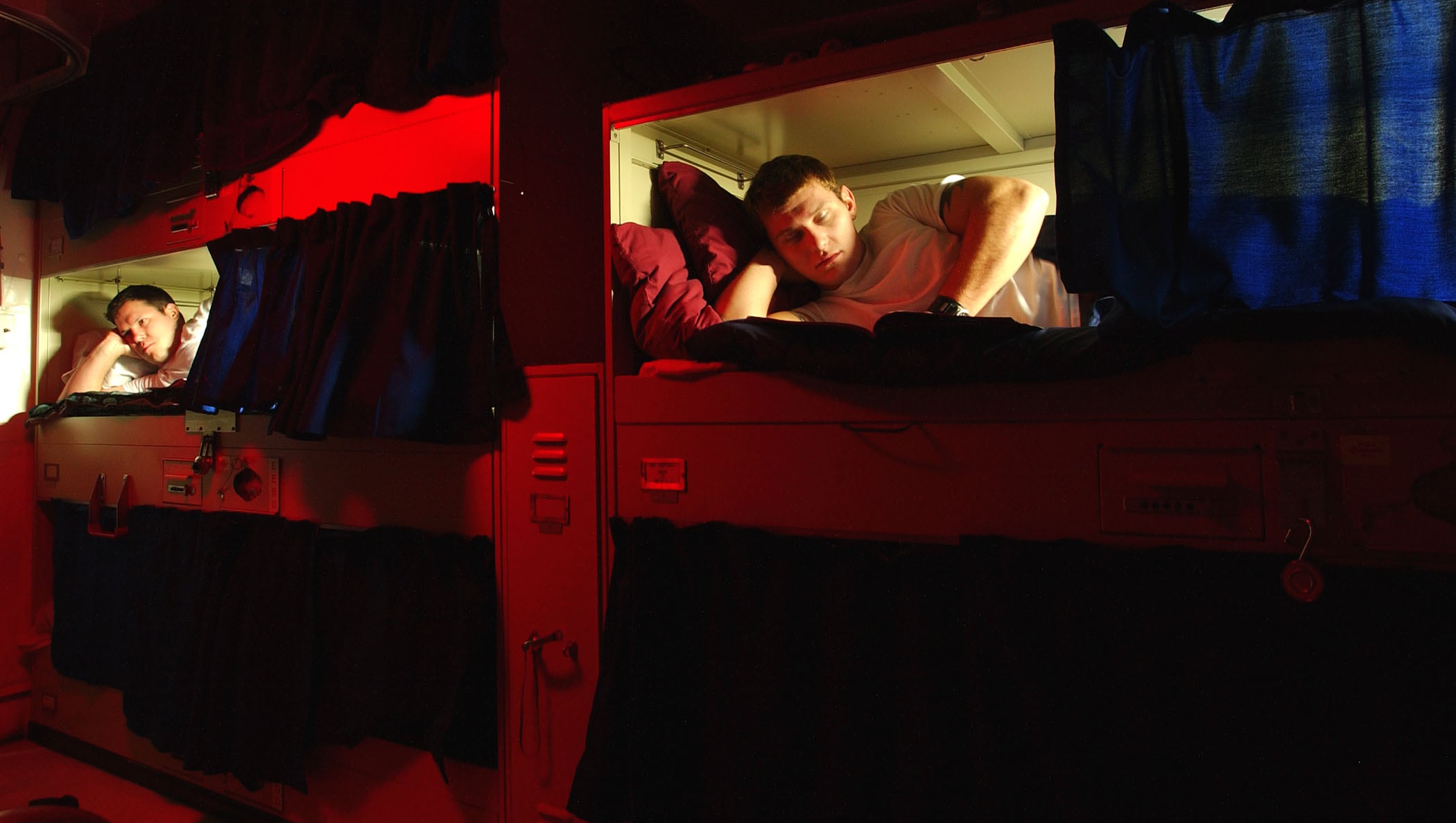
“We have a culture where it’s considered something that looks good to work until 10, 11 o’clock at night, barely get any sleep,” he added. “If you’re not working at least 12 hours a day, people just don’t think you’re working hard enough.”
While the female surface warfare officer welcomed circadian rhythm standards and other measures to mitigate crew fatigue, she said those systems don’t run smoothly during pre-deployment work-up cycles.
“The only ships ‘fully manned’ are those on deployment, but those that are in the work-up cycle are not even close to being fully manned and can’t support the circadian rhythm manning requirements,” she said. “If the ship doesn’t have enough people to rotate properly, then the sleep schedule is null and void.”
She said she has seen work-up cycles get compressed, leading to inspections and drills in the middle of the night.
“The protected sleep hours are thrown out the window,” the SWO said
Big Navy is paying more attention to crew fatigue in the wake of the 2017 collisions, according to the GAO’s Russell.
“You can see some positive things that have occurred in terms of managing fatigue, creating policy directing the use of circadian rhythms,” Russell said. “There’s a lot more attention paid to that.”
Russell’s team conducted a survey last summer and found that 90 percent of ships were following circadian rhythm watch bills, but that 86 percent of surveyed officers weren’t getting the prescribed seven hours of sleep daily, and two-thirds of them were getting by on just five hours of sleep.
“The implementation of that has been inconsistent, or at least a challenge,” Russell said.
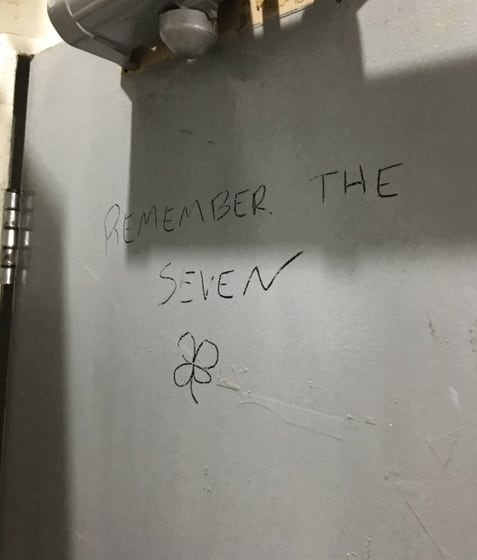
That fatigue issue is tied into manning and crew levels. When there aren’t enough sailors to do what needs to be done, others have to pick up the slack.
Finding the right personnel to properly man vessels — while dealing with funding limitations, recruiting and retention issues as well as other requirements — remains a problem, according to Russell.
“Those shortfalls have significant implications with respect to operations and safety of the ship as it relates to fatigue,” he said.
Harney said the command is aware of the flood of duties that officers face, concerns that were reflected in a recent survey of about 2,500 junior officers, from ensign to lieutenant commander.
“Junior officers expressed challenges with balancing administrative work required onboard our ships with their daily regimens at sea and in port,” Harney said. “Based on this feedback, we will continue to explore avenues to reduce non-critical demands and balanced administrative requirements so crews can maximize time spent on warfighting proficiency.”
While the COVID pandemic upended ship deployments, port calls and other parts of surface fleet life in the name of public health, one surface warfare officer who talked to Navy Times questions the community’s operations tempo, even as he welcomed the changes to how his community is trained and assessed.
The junior officer recalled that, right after post-deployment leave, everyone had to come in at 6 a.m. or 7 a.m. and work 12-hour days, often to prepare for inspections that were redundant and duplicative of other checks
“It’s manageable, but when you come back from an eight-month deployment and you now have to sleep on the ship every three days … I think we’re fatiguing our force as a whole, so much so that it’s really hurting our readiness to go out and do those missions,” he said. “At an individual level, it’s creating so much stress and burnout.”
While he considers the job a privilege and an honor, the junior officer wonders about the sustainability of such a career path.
“We do sign on the dotted line to be called for our country, but I think the Navy has a serious problem where we’re asking too much of people for things that aren’t worth the pressure it’s putting on people,” he said. “The Navy has made a lot of great changes, but what we need to work on is our culture in our workforce. … Not to say you join the Navy expecting a cruise, or a port call every weekend, but a straight eight-month (deployment), work every day, really without many breaks at all, just wears on you.”
At times, the SWO said, it seems Big Navy is asking for wartime sacrifices from its sailors during peacetime.
“If we go to war, everyone can forget about port calls, liberty time, Facebook and cell phones and Wi-Fi on ships,” he said. “But we’re not going to be ready for that if we’re asking very similar sacrifices and challenges in peacetime.”
Geoff is the managing editor of Military Times, but he still loves writing stories. He covered Iraq and Afghanistan extensively and was a reporter at the Chicago Tribune. He welcomes any and all kinds of tips at geoffz@militarytimes.com.
